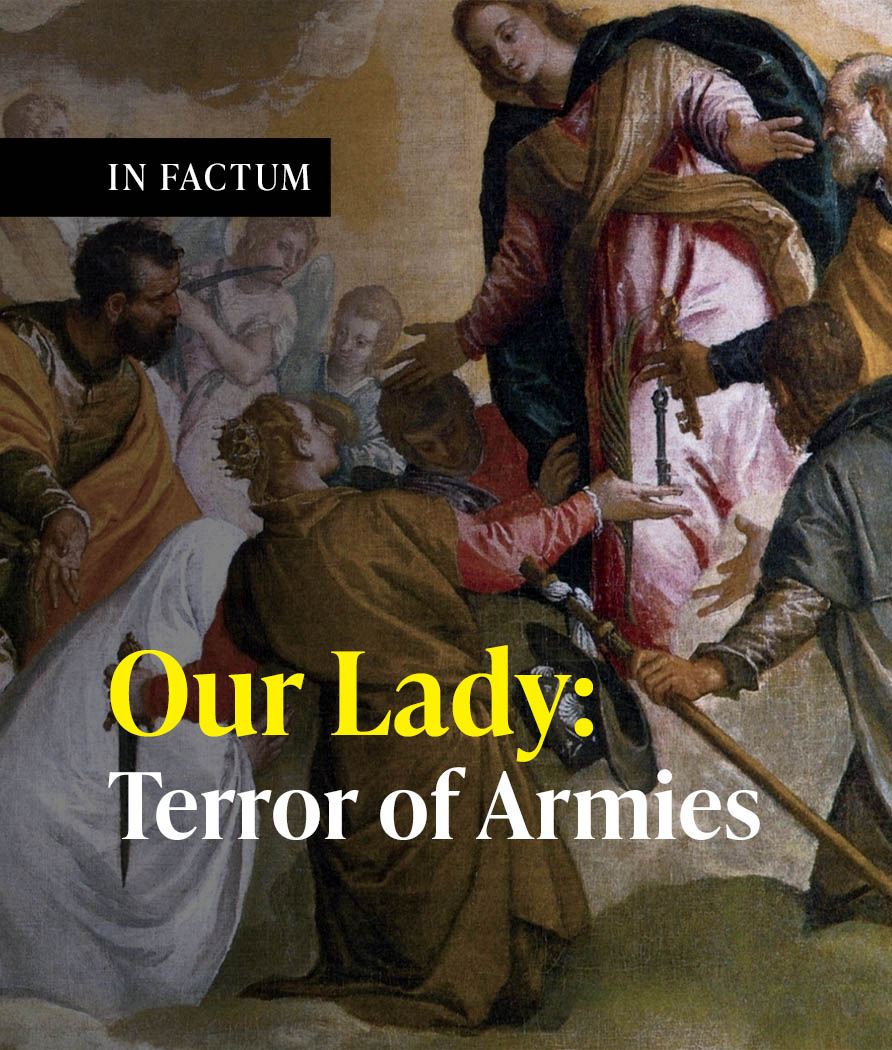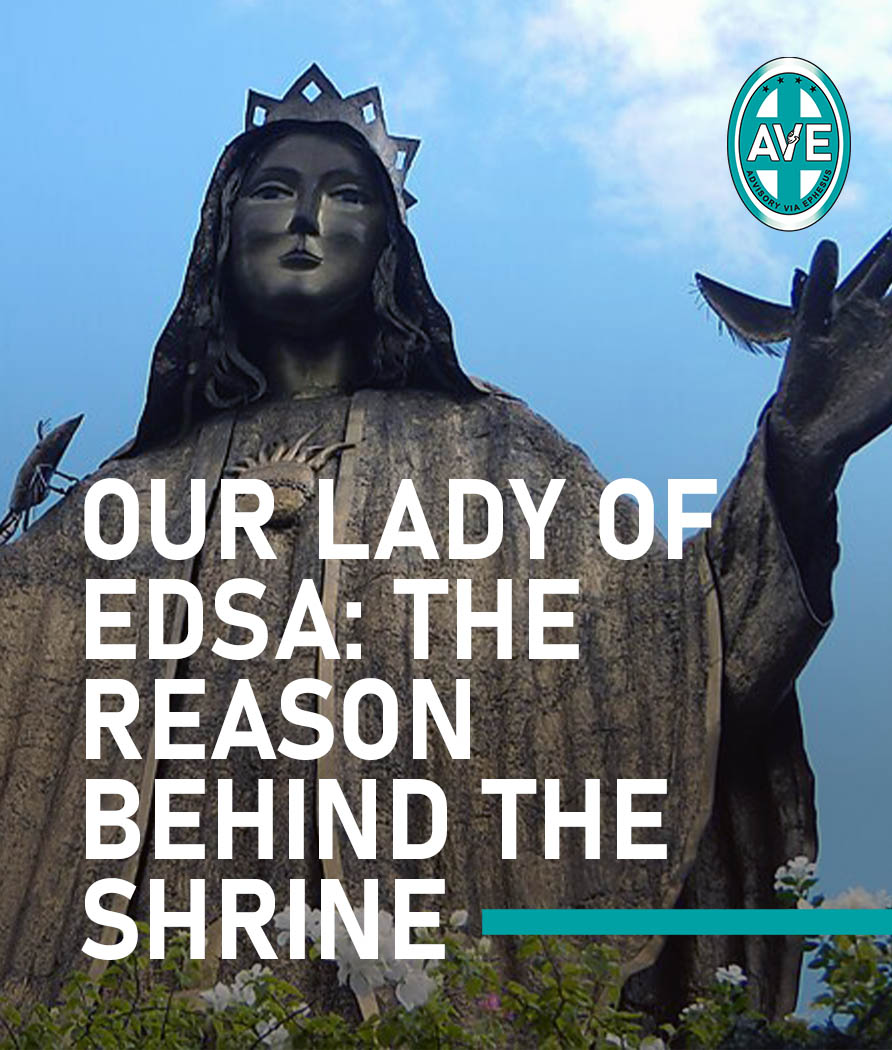Pope Pius XII condemned the practice of communion in the hand in 1947 and yet it was wrongly imposed in 1977. The 1969 Memoriale Domini: Instructions on Receiving Holy Communion, a great majority of the bishops surveyed responded that communion in the hand should not be allowed. Their reasons included the following: 1) lessening of the reverence toward the Holy Sacrament, 2) Its possible profanation and 3) the adulteration of the correct doctrine. But through the false administration and reckonings by some traitorous bishops, communion in the hand continued to be practiced.
Traditionally, the Church fathers were all for communion on the tongue. Only St. Cyril of Jerusalem’s alleged stance which was cited by the Nestorian bishop, John cited St. Epiphanius, St. Jerome and St. Augustine seem to be in favor of communion in the hand but this is a spurious allusion which is suspected to be a falsified addition to the writings of this bishop who preceded him (St. Cyril). In fact, St. Cyril preached that only consecrated hands should touch the Eucharist. Pope St. Sixtus (c. 115) specified the prohibitions to “even touch the sacred vessels and receive in the hand.” Pope St. Eutychian C. 283) forbade the faithful from partaking the Sacred Host using their own hands. St. Basil, the Great found communion in the hand so irregular that he did not hesitate to consider it a great fault and would only consider special privileges during times of persecution of the church. He, as a Doctor of the Church, energetically defended and required the faithful obedience to the practice of administering Holy Communion on the tongue. St. Thomas Aquinas wrote: “Out of reverence to this sacrament (the Sacred Eucharist) nothing touches It, but what is consecrated, hence, the corporal and the chalice are consecrated and the priest’s hands for touching the sacrament. Summa Theologica, p. 18, q. 82, Art. 3, reply to obj.
The Council of Zaragoza in 380, declared that those who continue with the practice of communion in the hand will be excommunicated. The local Roman council of 650, ordered priests not to put the Eucharist in the hands of laymen and laywomen, but only in their mouths. The Sixth Ecumenical Council of Constantinople in 681 declared that transgressors to the Communion on the tongue tradition will be excommunicated. The most authoritative Council of Trent (1565) is very clear in the fact that “the priest gives the holy Communion with his consecrated hands is an apostolic tradition.”
Even the post Vatican II popes are against communion in the hand. In the Memoriale Domini cited above Pope Paul VI’s conclusion and decision was “This method (on the tongue) must be retained.” For his part, John Paul II who has an uncanny discernment for hidden oratories with Sacred Bread in novitiates and monasteries said the following: “To touch the Sacred Species and distribute them with their own hands is the privilege of the ordained.” (Dominae Cenae) and “It is not permitted that the faithful should themselves pick up the Sacred bread and the sacred chalice, still less, that they should pass them from one to another.” (Inaestimabile Donum, April 17, 1980, sec. 9) The arguments for Communion on the Tongue are overwhelming in that the practice is identical with holy practices both mundane and heavenly. They may be classified in five ways. The heavenly arguments are those that are involved in apparitions and miracles of the Eucharist.
First, let us call to mind the apparitions in Fatima where the Angel of Peace enabled Holy Communion for the seer Lucia dos Santos. If communion in the hand was a heavenly practice, it would have been easier for the angel to give the Heavenly Eucharist to the child. Notice also that the Holy Communion to the Visionary in Garabandal was also made with the recipient receiving the Heavenly Eucharist on the tongue.
Secondly, the Eucharistic miracles where the host bled and transformed into flesh entailed some mistakes on the part of those who distributed the sacred species, or that some wanton practice was done against them such as theft of the pyx in the assumption that it was made of expensive material. For instance, we have instances of unconsecrated hands such as those of lay ministers and nuns touching the species, or the priests was careless in his distribution of the Hosts such that he was in a hurry turning right away and unmindful whether the Host was actually received well. In these instances, the fallen consecrated Hosts when recovered and kept, bleed or develop into flesh manifesting actual transubstantiation. Hosts which were victims of thieves on the other hand may be preserved despite exposure to dirt and even emit great light so that they can be retrieved for the church.
The third, which may be considered both mundane and heavenly are those that involved the saints while they were still on earth. We have the examples of St. Faustina, St. Stanislaus Kostka, St. Mary Frances of the Five Wounds and St. Paschal Baylon. St. Bonaventure while “hearing mass and meditating on the Passion of Jesus Christ, Our Savior, to crown his humility and love put into his mouth by the ministry of an angel part of the Consecrated Host, taken from the hand of the priest.” Even a starving donkey knelt and chose to receive the Sacred Host from St. Anthony of Padua although it was being induced by its master with grass after a three-day wager. I did not even include here so many other events from the lives of saints and others still to be canonized.
The fourth, which we deem mundane but thoroughly inspired are the discernment-obtained teachings of the saints. Consider St. Ephrem’s explanation of the priest’s being in Persona Christi which he based on Isaiah 6:68. His analogy was that the burning coal from the altar of God which was pressed into the prophet’s lips, Isaiah representing mankind, is in fact the Sacred Host. Much contemporary to our age, we have St. Teresa of Kolkotta telling a priest (Father George), “Wherever I go out in the whole world, the thing that makes me the saddest is witnessing people receive communion in the hand.”
The fifth, and most mundane among the arguments are those that come from the enemies of Catholicism. We of course, have the Protestant churches whose practice concerning the bread simply springs from agape-sharing to the breaking of bread where everyone has the right to hold the bread and therefore is replete with doctrinal connotation that the bread is just a memorial and the equivalent of their mass, a feast, never a sacrifice. Then we have the document Vers Domain which the Freemasons secretly put out in 1970, right after Memoriale Domini. This systemically promotes the art of placing “bread” into the hands of communicants so that there will be a gradual erosion of faith and devotion. Now, if the conspiracy theory of the Vatican being infiltrated by evil people, then you would probably understand now why the cardinals and bishops pressure the priests under them to practice communion in the hand in spite of the many arguments against its practice. St. Cyril always being falsely quoted for his artistic communion in the hand technique of making the hands a sort of throne for the King in fact said, “Take care to lose no part of It (the Eucharist)… Guard against losing so much as a crumb of that which is more precious than gold.” Would it be logical then for him to advise a practice which will imperil the Sacred Host more than directly placing them on the tongue?
We understand Nestorianism as against the hypostatic union that Christ is both Divine and human and could therefore relegate Christ’s presence as a mere human presence worthy of communion in the hand. The Nestorians find the Catholic belief culpable in the sense that it accepts the traditional belief in the “Theotokos”, the “Mother of God” allowing only the belief that the Virgin Mary is only mother of Christ, the man. Catholic belief does not divide the Divinity and humanity of Jesus Christ because its doctrine finds it impossible to do so. Besides, if it is the pleasure of God, and His Word to make her the Mother of God’s Only-Begotten Son through the workings of the Holy Spirit should humans like Nestorius go against His Will? But because of this Nestorian inclination even Christian sects have the propensity to heap insults and falsities against Our Lady’s purity, chastity and virginity. In fact, committing the fallacy of equivocation, they find Christ brothers quoted straight from the bible that indeed, Our Lady had other children. They are only right in just one context, that we are supposed to be her other children, that is if we respect her and recognize her as Our Mother, which the Trinity does.
And this could well apply to Arianism, too, which totally denies the Divinity of Christ. Obviously, “Christian” sects which deny the Divinity of Christ will always deny the doctrine of Theotokos. The tragedy lies in the fact, that they claim to be Christians as some of their churches bear His very Name but hates the Woman He chose to be His Mother like the serpent which has enmity with her. Alas, they are violating God’s commandment because Jesus Christ honors His mother and they won’t. And then they are dauntless in calling Him brethren or Father. What we may not understand is a Catholic priest who believes Christ’s Divinity and being also in flesh and insists only on communion in the hand which is lesser an act of reverence to the Divine King’s presence. And therefore, we find it incredible that cardinals and bishops who should know better conspire to remove the practice of communion on the tongue altogether. They have used world propaganda against the spread of COVID-19 as enough reason against not only removing the holy practice but the closure of churches as well. In fact, the Catholics have forgotten easily the fact that former epidemics were miraculously contained by church activities such as processions.
And for the final commentary, let me just say, that the hands of lay people are unconsecrated and therefore, are unworthy of touching Consecrated Bread. The tongue however is part of the head which was consecrated when we became children of God during baptism. In fact, we still have elderly people saying that during the years when the solemnity of the Latin Mass was witnessed, we have priests putting blessed grains of salt into the mouth of infant during baptism.
Ricardo de los Santos
Layman











